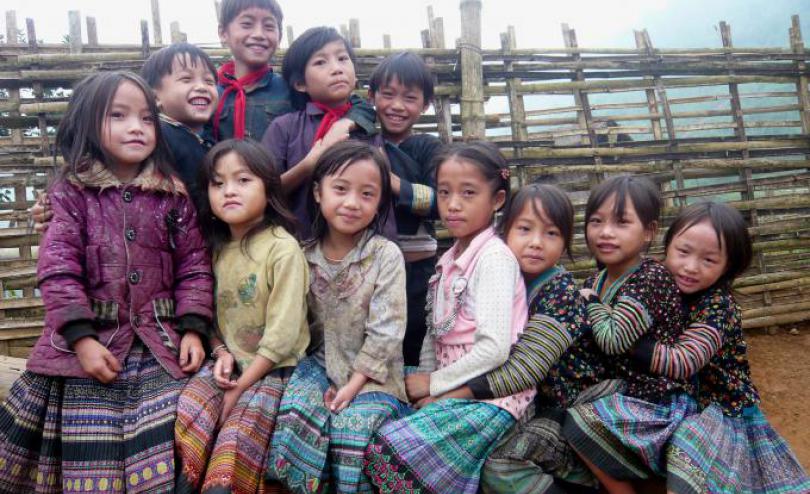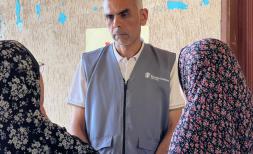In Vietnam, children from ethnic minority bear the brunt of under-nutrition

The most disadvantaged group in Vietnam, ethnic minority children have been facing a striking gap in nutrition and other development conditions in comparison with Kinh, the majority group. They may further lag behind unless bold actions are taken to address the inequality they are facing.
A research by the University of Oxford in 2013 found that around 52 percent of ethnic minority children aged five to twelve in Vietnam suffered from stunting, compared with 14 percent of their Kinh counterparts. As a result of poverty, less than 10 percent of children from ethnic minority groups have access to dairy products, while up to 54 percent of ethnic majority children do. In addition, 36 percent of ethnic minority children did not have access to safe drinking water in 2013.
Government statistics provide a similar overview of ethnic minority children’s nutrition situation. In 2012, between 32 percent and 37 percent of children under five in the Northern Midlands and Mountainous Areas and the Central Highlands - the regions dominated by ethnic minority groups - suffered from stunting, while the prevalence among children in areas dominated by the Kinh majority group stayed at up to 23 percent, according to the National Institute of Nutrition.
The nutrition situation of ethnic minority children in Vietnam is in line with the findings of a research by Save the Children, “Unequal portions: Ending malnutrition for every last child”, which raises alarm over the inequality in nutrition that excluded groups of children have been facing and the impacts on their health and development.
Save the Children’s evidence shows millions of children are missing out on adequate nutrition because of who they are and where they live. They are discriminated against because of their ethnicity or disability; they are excluded because of their parents’ lack of income or after being forced from their homes. Meanwhile, nations’ progress in tackling malnutrition is falling far behind schedule.
In Vietnam, creating inclusive economic development and reducing inequality would play a crucial role in bridging the gap between ethnic minority children and the majority group. Increased government funds should be allocated to economic development in poorer regions, with further promotion of policies related to land leasing and taxation and efforts to reduce poorer regions’ economic isolation by linking them to other regions with economic corridors. In dealing with malnutrition among ethnic minority children, the focus should be on reducing stunting, especially among the poor in mountainous areas.
The government should localise and customise nutrition plans for the ethnic minority-dominated regions, based on malnutrition research of each ethnic minority group and region. It is also important to integrate household food security into child nutrition improvement plans in poor and mountainous areas, supported by efforts to increase awareness and knowledge of nutrition and healthcare among ethnic minority parents and local health workers.
Improving child nutrition is not only the healthcare system’s responsibility but also that of other state agencies, such as the agriculture department, the women’s union, and the youth union. Cooperation and advocacy activities at the central level will help to share and scale up the project model and its achievements from the community level to nationwide.
Save the Children’s new ‘Unequal Portions’ report and a fully referenced case study on nutrition inequalities in Vietnam can be found here.







